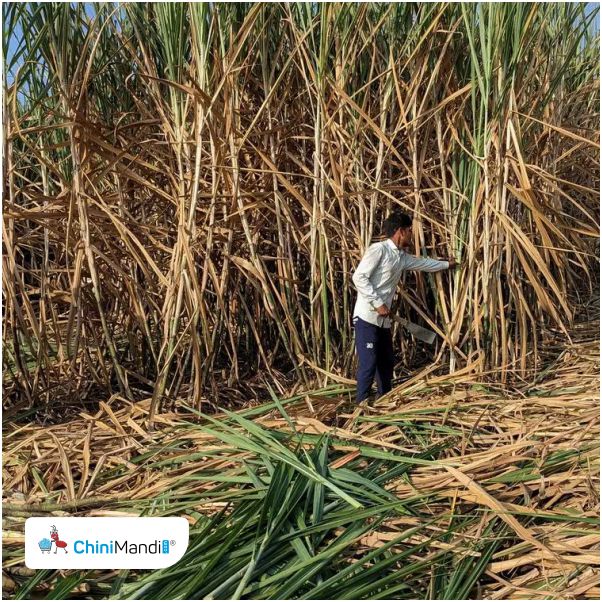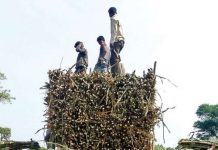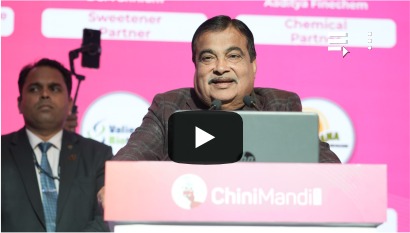A newly developed sustainable pheromone dispenser with a controlled release rate could bring down costs of pest control and management.
Pest control is an essential part of agriculture, as insects and other parasites left unchecked can quickly decimate an otherwise good crop.
In a recent collaborative research project, scientists from Jawaharlal Nehru Centre for Advanced Scientific Research JNCASR, Bengaluru (an autonomous institution under the Department of Science & Technology, Govt. of India) and ICAR–National Bureau of Agricultural Insect Resources (ICAR–NBAIR), India have developed a sustainable pheromone dispenser with a controlled release rate which could act as an innovative solution to substantially reduce the costs of pest control and management.
Now, they are planning to translate their efforts in the lab to industrial production so that it may benefit farmers directly on a large scale. To this end, JNCASR and ICAR-NBAIR have entered into a Know-how License Agreement with Krishi Vikas Sahakari Samiti Ltd. (KVSSL), Haryana, recently. Prof. M. Eswaramoorthy led the signing from JNCASR. Dr. Kesavan Subaharan represented ICAR–NBAIR. Describing the significance of this event, Prof. Eswaramoorthy said, “This exercise will enable the spread of technology across the country and at global level too. The benefit of the research moves from lab to the field to benefit the farming community for pest management.”
“Currently, emphasis is laid on developing technologies that are clean and green. On this line, the technology developed on controlled release of semiochemicals (signalling substances such as pheromones) on transfer to firms will enable to scale up the production to cover a large area,” Dr. Subhaharan added.
Sustainable organic pheromone dispensers are not a new concept. In fact, polymer membrane or polypropylene tube dispensers that release pheromones already dominate the market. The released pheromones alter the behaviour of the target insect species and attract them to sticky traps. Their main drawback, however, is that the rate at which the pheromones are released into the air is not stable. In other words, these traps need to be checked and replaced frequently, which drives up costs and increases the amount of manual labour required.
The scientists from JNCASR and ICAR–NBAIR have addressed this issue by using a mesoporous silica matrix for their dispenser. This material has an ordered structure with many tiny pores, which allows pheromone molecules to be easily adsorbed and retained uniformly. Not only does mesoporous silica enable a higher holding capacity than other commercial materials, but it also releases the stored pheromone in a much more stable manner that is independent of external conditions, such as field temperature.
Using lures equipped with the proposed pheromone dispenser carries many advantages. First, thanks to the lower and more stable release rate of the loaded pheromone, the intervals between replacements are longer, thereby reducing the farmers’ workload. On top of this, the dispensers can be loaded with a more conservative amount of pheromone, as the condition-independent release rate will ensure they do not run out prematurely. In this way, the proposed design minimizes the amount of pheromone needed per dispenser, which reduces costs and contributes to accessible and sustainable agricultural practices. “The product developed will have an edge over the existing dispensers as they aid in scaling down the cost involved due to the extended field efficacy of the lure and the lower load of pheromone use,” explains Dr. Subhaharan.
Extensive experiments and field tests showcased the bug-catching efficacy of the proposed design, which was found to be at par with commercial dispensers but with a lower required pheromone content. “On execution of the (Know-how License) Agreement, the firm will scale up the production and provide quality lures to farmers for use in the field so as to effectively manage the pests,” concludes Prof. Eswaramoorthy.
As an active collaboration between JNCASR and ICAR–NBAIR, that is funded by the Govt. of India’s Department of Science and Technology (DST) & DBT, this effort is a significant step towards Sustainable Development Goal (SDG) 2, Zero Hunger, via sustainable agricultural practices.
(Source: PIB)
















